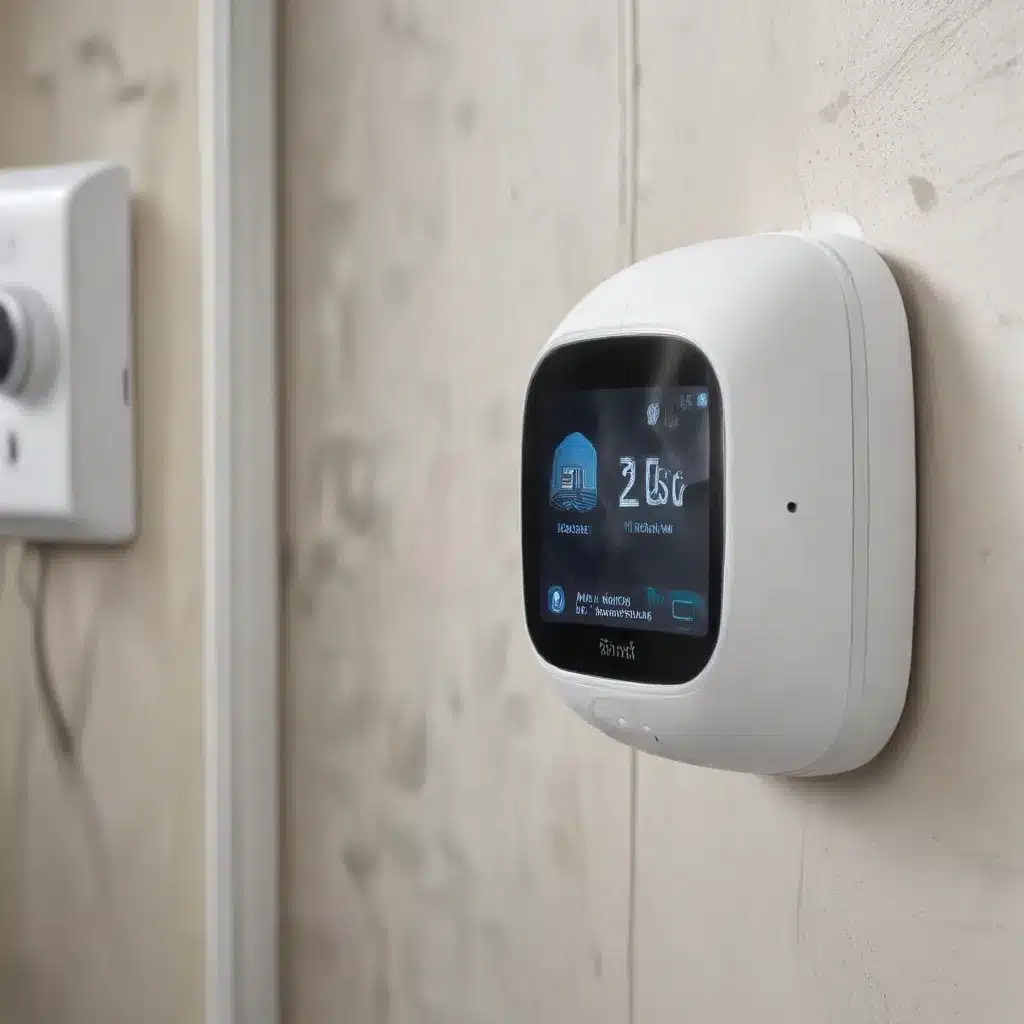
Smart Home Devices
The rise of the Internet of Things (IoT) has transformed our homes into interconnected smart environments, offering unprecedented convenience and automation. From voice-controlled assistants and smart appliances to home security systems and energy management tools, smart home devices have become ubiquitous. However, this increased connectivity also brings a new set of cybersecurity challenges that homeowners must address.
Internet of Things (IoT)
IoT devices, by their very nature, are designed to collect and transmit data, often over wireless networks. This connectivity, while enabling powerful features, also creates potential entry points for cybercriminals. Poorly secured or outdated IoT devices can be exploited, allowing hackers to gain access to your home network and sensitive information.
Home Automation Systems
Home automation systems, such as those powered by Amazon Alexa, Google Assistant, or Apple HomeKit, provide centralized control over a wide range of smart home devices. While these systems offer convenience, they also represent a single point of failure. If a hacker breaches the automation system, they can potentially gain control over your entire smart home.
Endpoint Security
Each smart home device, from smart TVs and thermostats to security cameras and appliances, is an endpoint that requires robust security measures. Vulnerabilities in these devices can be leveraged by attackers to infiltrate your network and compromise your personal data or privacy.
Cybersecurity Threats
Smart home devices, when left unprotected, can expose homeowners to a variety of cybersecurity threats. Understanding these threats is the first step in developing a comprehensive security strategy.
Vulnerabilities
Manufacturers often prioritize speed-to-market over thorough security testing, resulting in vulnerabilities in the design and implementation of smart home devices. These vulnerabilities can be exploited by hackers to gain unauthorized access, control, or steal sensitive data.
Malware
Smart home devices can be targeted by malware, which can be used to hijack the device, spy on its activities, or even launch attacks on the broader network. Malware can spread through infected firmware updates or by exploiting vulnerabilities in the device’s software.
Unauthorized Access
Weak or default passwords, unencrypted communication channels, and lack of multi-factor authentication can all allow cybercriminals to gain unauthorized access to your smart home devices and the data they collect.
Security Considerations
Securing your smart home devices requires a multi-layered approach that addresses the various security challenges.
Authentication and Authorization
Implement strong, unique passwords for each device and consider enabling two-factor authentication whenever possible. This helps prevent unauthorized access and credential-based attacks.
Encryption and Data Protection
Ensure that your smart home devices use encryption to protect the data they collect and transmit. This includes securing Wi-Fi networks, Bluetooth connections, and any cloud-based storage or communication.
Firmware and Software Updates
Regularly update the firmware and software of your smart home devices to ensure that the latest security patches and bug fixes are applied. Manufacturers often release updates to address known vulnerabilities.
Protective Measures
To mitigate the risks associated with smart home devices, consider implementing the following protective measures.
Access Control Mechanisms
Establish access control mechanisms, such as limiting the number of users who can control your smart home devices and restricting the types of actions they can perform.
Network Security Configurations
Secure your home network by changing the default router password, enabling encryption, and considering the use of a guest network for IoT devices to isolate them from your primary network.
Monitoring and Incident Response
Implement monitoring tools to detect and respond to suspicious activities within your smart home environment. This can help you identify and address potential security incidents in a timely manner.
Regulatory Compliance
As smart home technology continues to evolve, various industry standards and privacy regulations are emerging to ensure the security and privacy of connected devices.
Industry Standards
Organizations such as the National Institute of Standards and Technology (NIST) and the International Organization for Standardization (ISO) have developed guidelines and frameworks for securing IoT devices and smart home systems.
Privacy Regulations
Regulations like the General Data Protection Regulation (GDPR) and the California Consumer Privacy Act (CCPA) impose requirements on the collection, storage, and use of personal data, which is particularly relevant for smart home devices that gather sensitive information.
Security Certifications
Look for smart home devices that have been certified by reputable security organizations, as this can provide assurance that the device has undergone rigorous testing and meets industry-recognized security standards.
Emerging Technologies
As the smart home ecosystem continues to evolve, emerging technologies are poised to play a significant role in enhancing security and privacy.
Edge Computing
Edge computing, which processes data closer to the source (i.e., the smart home device) rather than in the cloud, can help reduce the attack surface and improve the overall security of your smart home.
Artificial Intelligence
AI-powered security solutions can analyze network traffic and device behavior to detect anomalies and potential threats, providing an additional layer of protection for your smart home.
Blockchain-based Solutions
Blockchain technology can be leveraged to create secure, decentralized platforms for managing and controlling smart home devices, enhancing data integrity and privacy.
User Awareness and Education
Ultimately, securing your smart home devices requires a combination of technological solutions and user awareness. Educating yourself and your family on best practices for smart home security is crucial.
Secure Configuration Practices
Learn how to properly configure your smart home devices, including changing default passwords, disabling unnecessary features, and ensuring that firmware and software are up-to-date.
Threat Identification and Reporting
Be vigilant in identifying potential security threats, such as suspicious network activity or unexpected device behavior, and report any concerns to the appropriate authorities or the device manufacturer.
Continuous Security Monitoring
Regularly monitor your smart home devices and network for any signs of compromise, and be prepared to take swift action to mitigate any security incidents.
By understanding the security risks, implementing protective measures, and staying informed about the latest developments in smart home technology, you can enjoy the benefits of a connected home while safeguarding your privacy and data. Remember, a secure smart home is the smartest home you can have.












